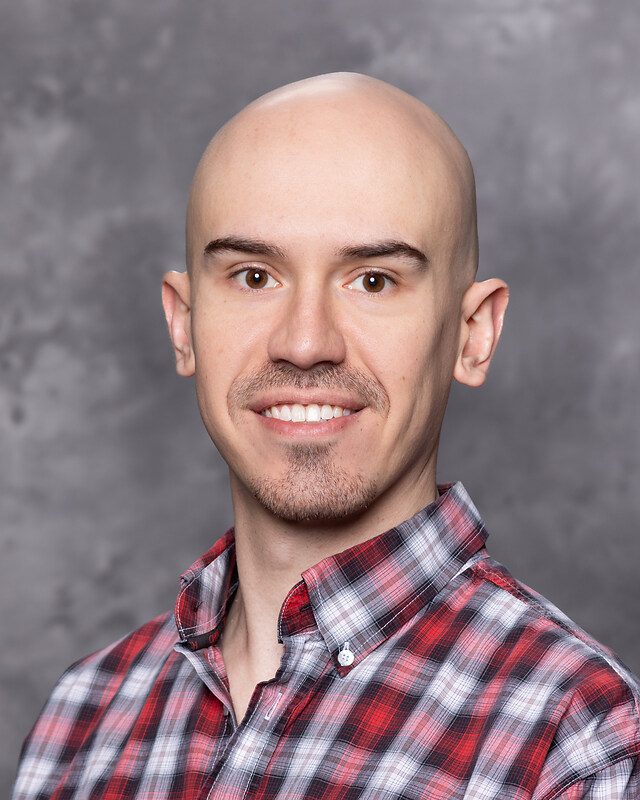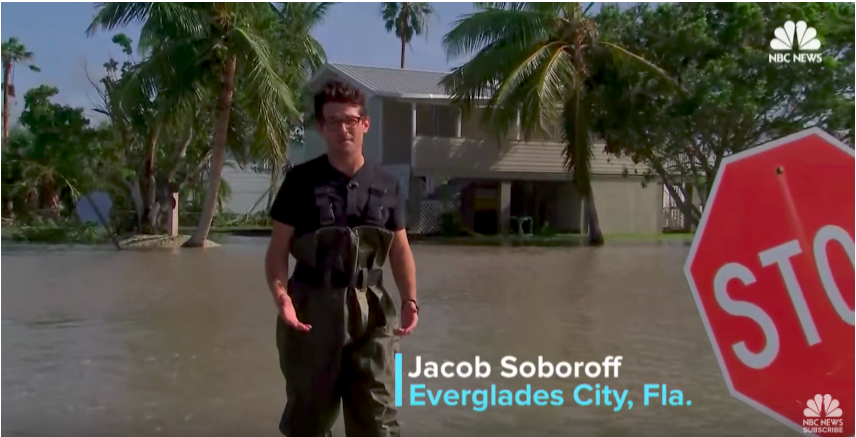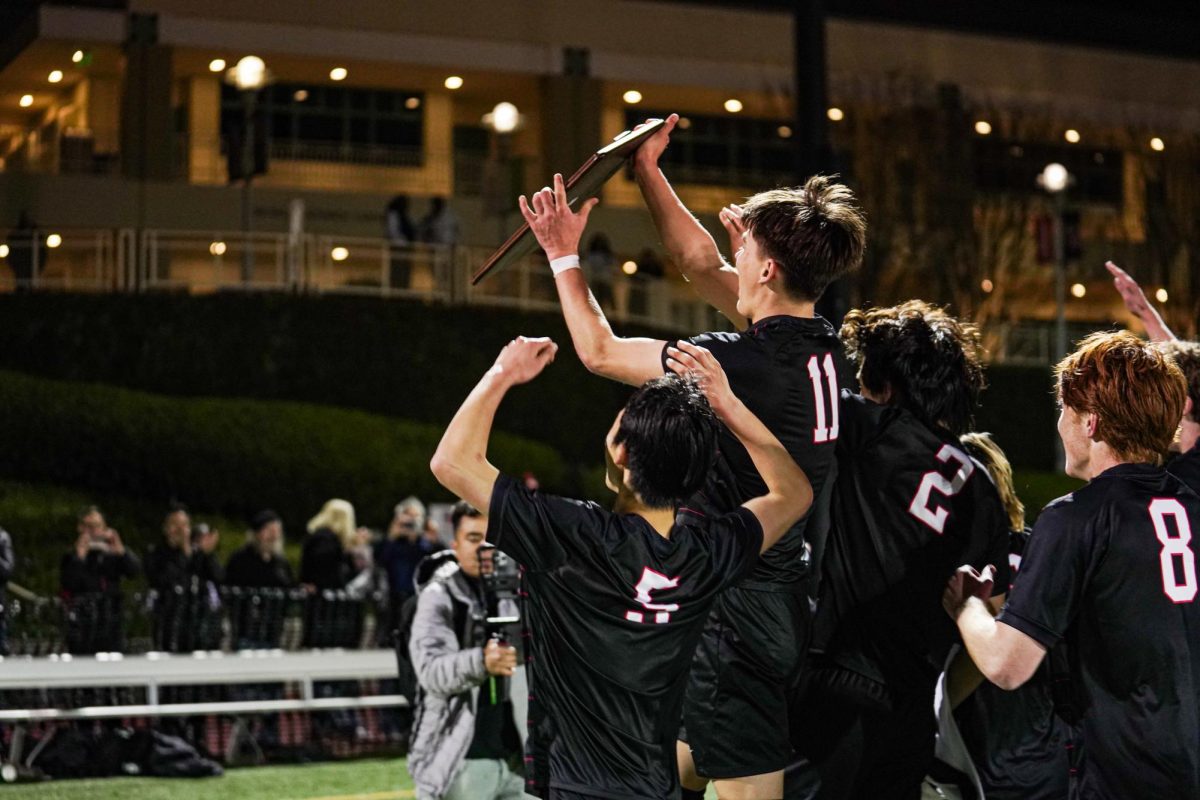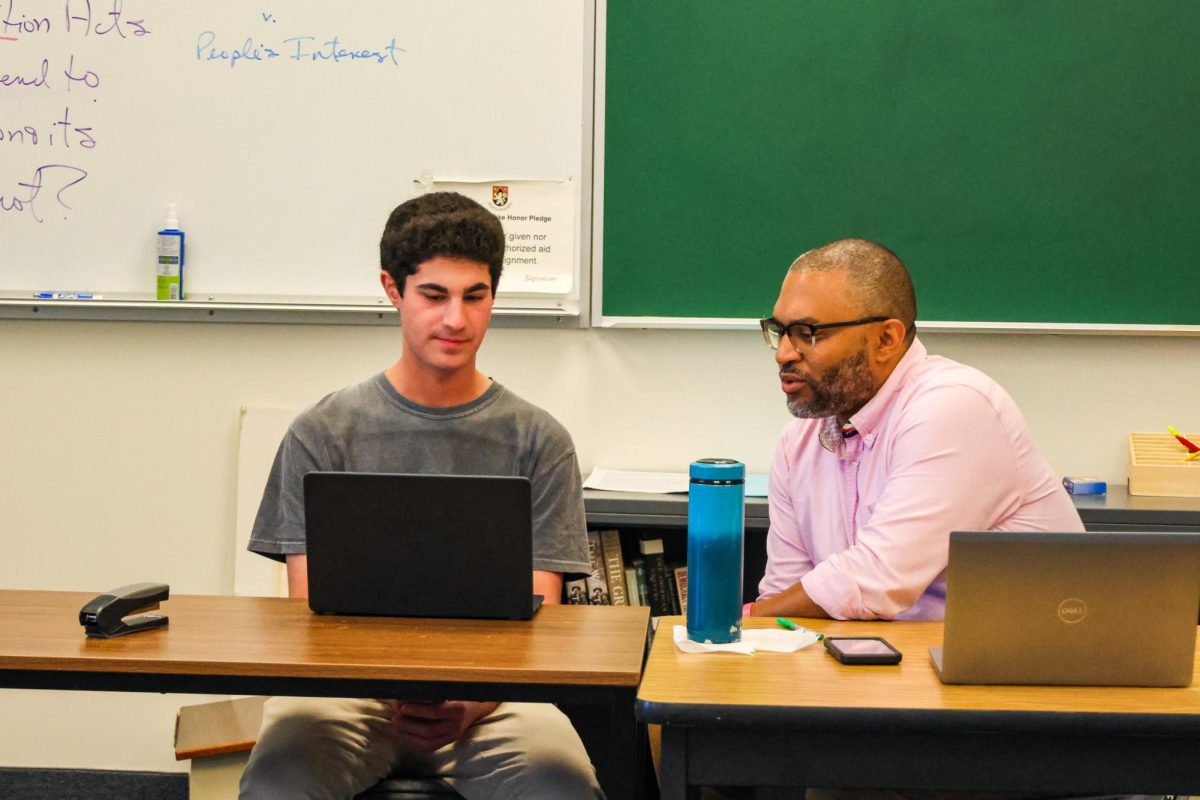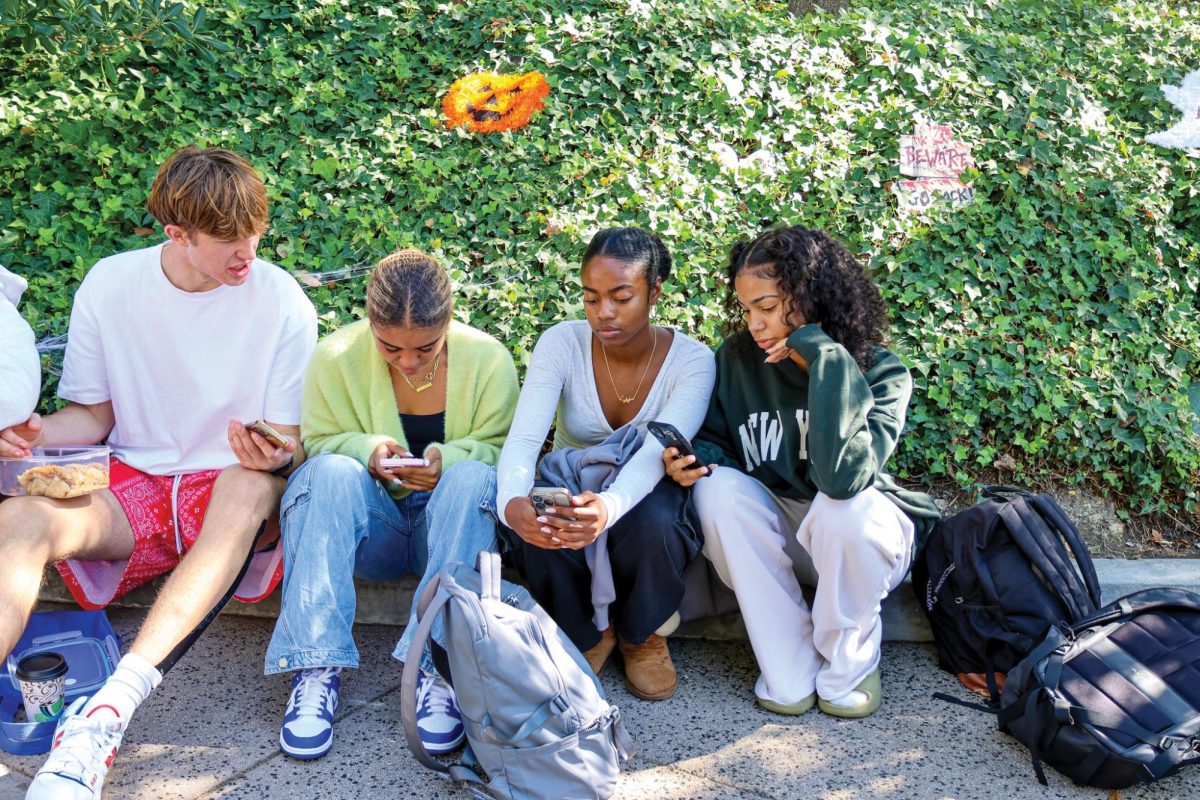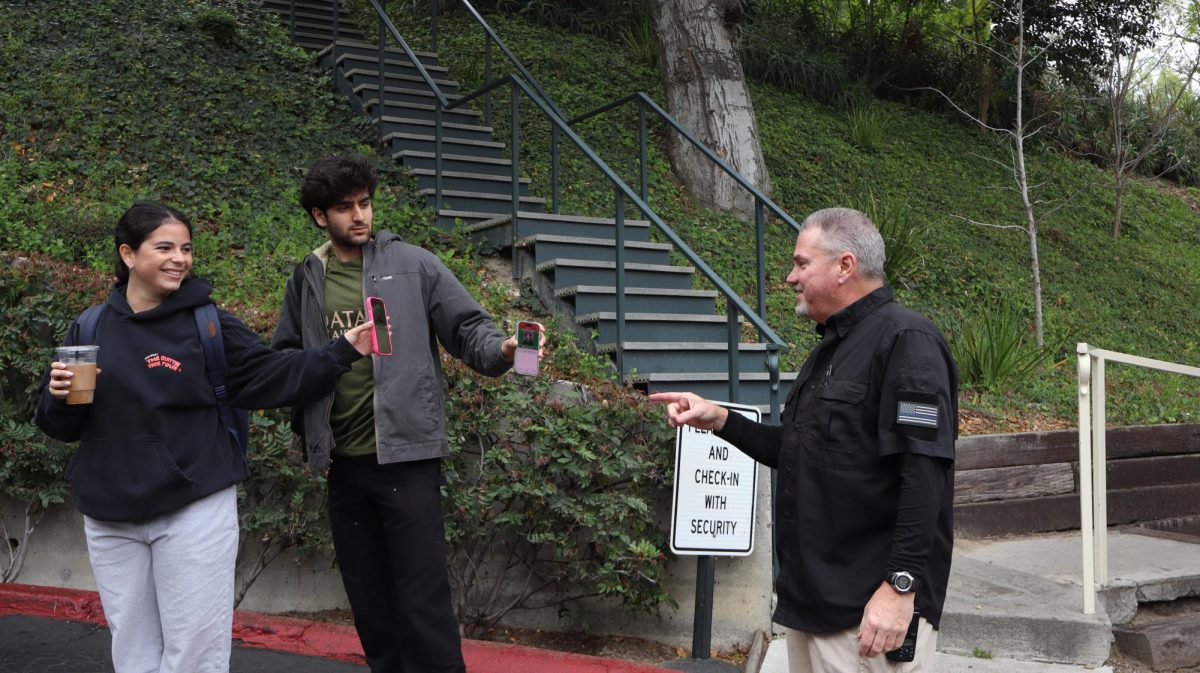Only days after Hurricane Harvey dissipated, Hurricane Irma was devastating islands in the Caribbean, regions of Florida and affecting members of the school community. Though not as powerful as Harvey, Hurricane Irma generated its own physical, financial and emotional challenges that have impacted millions.
Former Chronicle News Editor Cole Feldman ’16 was at Emory University when news about Hurricane Irma reached him. The school, located in Atlanta, was not in the direct path of the Irma but still took precautions against the natural disaster.
“The administration cancelled classes both today and tomorrow, which is a blessing,” Feldman said. “The weather is pretty miserable, but my friends and I stocked up on snacks to make it through.”
Many who were in the direct path of the hurricane were forced to do more than just keep indoors. The New York Times reported 16 Florida counties ordered mandatory evacuations, and 13 counties issued voluntary evacuation orders. Georgia Governor Nathan Deal and South Carolina Governor Henry McMaster ordered mandatory evacuations for Savannah, Georgia and several South Carolina barrier islands, respectively.
Though Irma, which peaked as a Category 5 hurricane Sept. 5 before being downgraded to a tropical storm Monday, inflicted its strongest damage to islands in the Caribbean and Florida, Feldman said that the strength of the hurricane was still shocking to behold.
“In California, I did not get many days off for the weather, so the past few days leading up to today were fairly new for me,” Feldman said. “It didn’t feel very real to me until the rain started.”
Other students have expressed their concern about their loved ones affected by Hurricane Irma. Chloe Donovan ’19, whose grandmother lives six months on the Caribbean island of Anguilla and six months in Canada, explained how Hurricane Irma affected her relative’s home.
“Luckily they were in Canada when hurricane Irma hit, but they have a bunch of family and friends who were affected by it,” Donovan said. “I’m pretty sure that everyone was okay. There weren’t deaths, which is really good, but the island was pretty much destroyed because it’s really small. Only about 1,000 people live there, so there were a lot of people who were seriously affected.”
According to CNN, Irma is the first recorded storm to sustain winds as strong as 185 mph for 37 consecutive hours. At the height of the hurricane, Irma’s cloud field encompassed about 300,000 square miles, an area larger than the size of Texas.
Other surrounding hurricanes, Jose and Katia, are beginning to threaten regions adjacent to the Atlantic Ocean. In addition to Hurricane Harvey’s damage, the natural disasters of the past few weeks have immobilized and threatened a record-breaking amount of people. 2017 is the first year in history that the United States has been affected by two Category 4 or stronger hurricanes in the same year.
Donovan said she was grateful that her family members were far from the area when the hurricanes hit.
“It really scares me especially because they’re getting older now and they don’t have as much mobility as they used to,” Donovan said. “I’m really thankful that they weren’t there to witness it, but it’s really scary to think how this can happen to someone you know.”
Some members of the Harvard-Westlake community made efforts to help areas impacted by the recent storms. The cheer team worked with Community Council to host a fundraiser Wednesday that aimed to support hurricane relief causes.
Individual students also mentioned their desire to send aid in the coming weeks and said that as devastating as these natural disasters have been, it has given them a new perspective.
“You look at it on the news and you see people that you don’t know being affected, and obviously it’s sad when you think about it,” Donovan said. “But in regards to someone who know really personally, like someone who has really affected your life, it’s a lot. You think of it in a completely different way.”
















